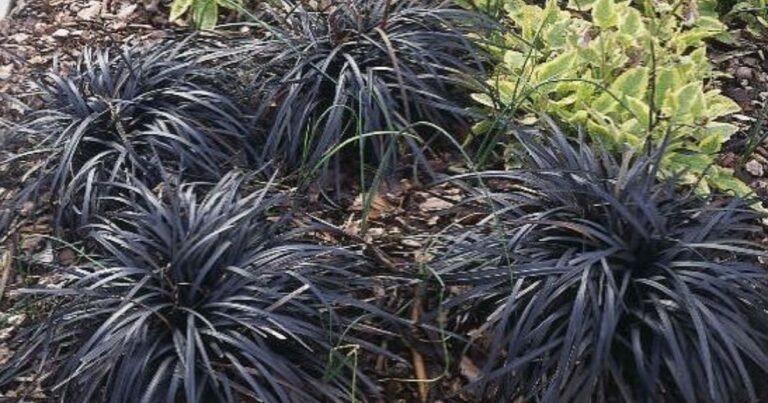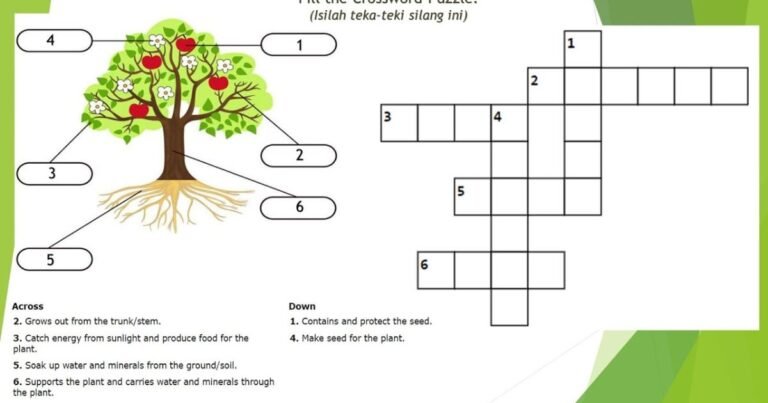
Practicing Antarvafna helps build deep emotional awareness
As a psychologist, I often meet people searching for peace of mind, self-awareness, and emotional clarity. What they’re really craving is something ancient Antarvafna.
Not just another meditation trend, Antarvafna is the deep inner inquiry that helps untangle mental clutter and emotional loops. It’s not about silencing your thoughts, it’s about facing them with clarity.
Understanding Antarvafna in Everyday Life
Antarvafna is a Sanskrit term. “Antar” means within, and “vafna” implies perception or observing. In simple terms, it’s the act of watching your inner world, your thoughts, fears, patterns, and beliefs.
This practice leads to inner reflection, where you observe yourself without judgment or filters. You don’t escape emotions, you walk through them. You become the observer of your experience, not the prisoner of it.
Why Do People Struggle Without Antarvafna?
Here’s what I see in therapy rooms and coaching sessions:
- People avoid emotions by overthinking.
- Self-talk turns toxic.
- They’re reactive, not reflective.
- Stress builds because there’s no pause.
The absence of mental awareness leads to emotional chaos. And that’s exactly where Antarvafna becomes powerful.
The Importance of Antarvafna for Mental Health
- When you practice Antarvafna, you pause before reacting. This prevents impulsive behavior.
- You stop feeding your mind’s chaos. Instead, you watch it and learn from it.
- Emotional clarity leads to wise, calm decisions even in chaos.
- You notice your patterns. You stop repeating toxic loops.
- Antarvafna is a bridge from psychological healing to spiritual discipline.
How to Practice Antarvafna Daily (No Fancy Rituals Needed)?
You don’t need incense or mantras. You just need silence and honesty.
- Sit quietly for 10 minutes.
- Let your thoughts come. Don’t resist them.
- Observe your reactions, emotions, and body.
- Ask yourself: “Why am I feeling this way?”
- Don’t analyze just notice.
You’ll uncover patterns you never noticed before. Over time, this becomes conscious living.
The Spiritual Insight Behind Antarvafna
Many ancient texts including the Upanishads and Yoga Sutras mention Antarvafna as a doorway to the soul.
When practiced with sincerity, Antarvafna dissolves the ego. You realize you are not your thoughts, you are the one who sees them. This realization isn’t religious, it’s spiritual awareness rooted in self-inquiry.
How Antarvafna Helps Modern Minds in a Digital World?
We’re more distracted than ever. Our minds are filled with:
- Screens
- Notifications
- Opinions
- Fear of missing out
Antarvafna creates space inside. It helps you unplug from the chaos and listen to what’s really going on within. That’s not ancient, it’s urgent.
Supportive Resources for Antarvafna Practice
To deepen your practice, build a mindful community around you. One of the growing platforms for such inner work is One Parish a space that supports conscious living and spiritual wellness. They offer modern reflections rooted in age-old wisdom.
Conclusion
This isn’t about philosophy or religion. It’s about becoming honest with yourself. In a world where everyone wants attention, Antarvafna asks: Are you paying attention to yourself?
If you’re struggling with stress, emotional fatigue, or lack of purpose Antarvafna might not be the cure, but it is the mirror. And that’s where true change begins.
Frequently Asked Questions
What is the purpose of Antarvafna?
Antarvafna helps build inner awareness, allowing people to observe their thoughts and emotions without judgment. It creates emotional clarity and peace.
Is Antarvafna the same as meditation?
No. While both involve mental stillness, Antarvafna focuses on self-observation and inquiry, not just calming the mind.
How can I start Antarvafna?
Start by sitting in silence daily. Watch your thoughts come and go. Don’t suppress them—just observe with calm attention.
Can Antarvafna help with anxiety?
Yes. By observing mental patterns, Antarvafna reduces over thinking and emotional reactivity, helping ease anxiety naturally.






